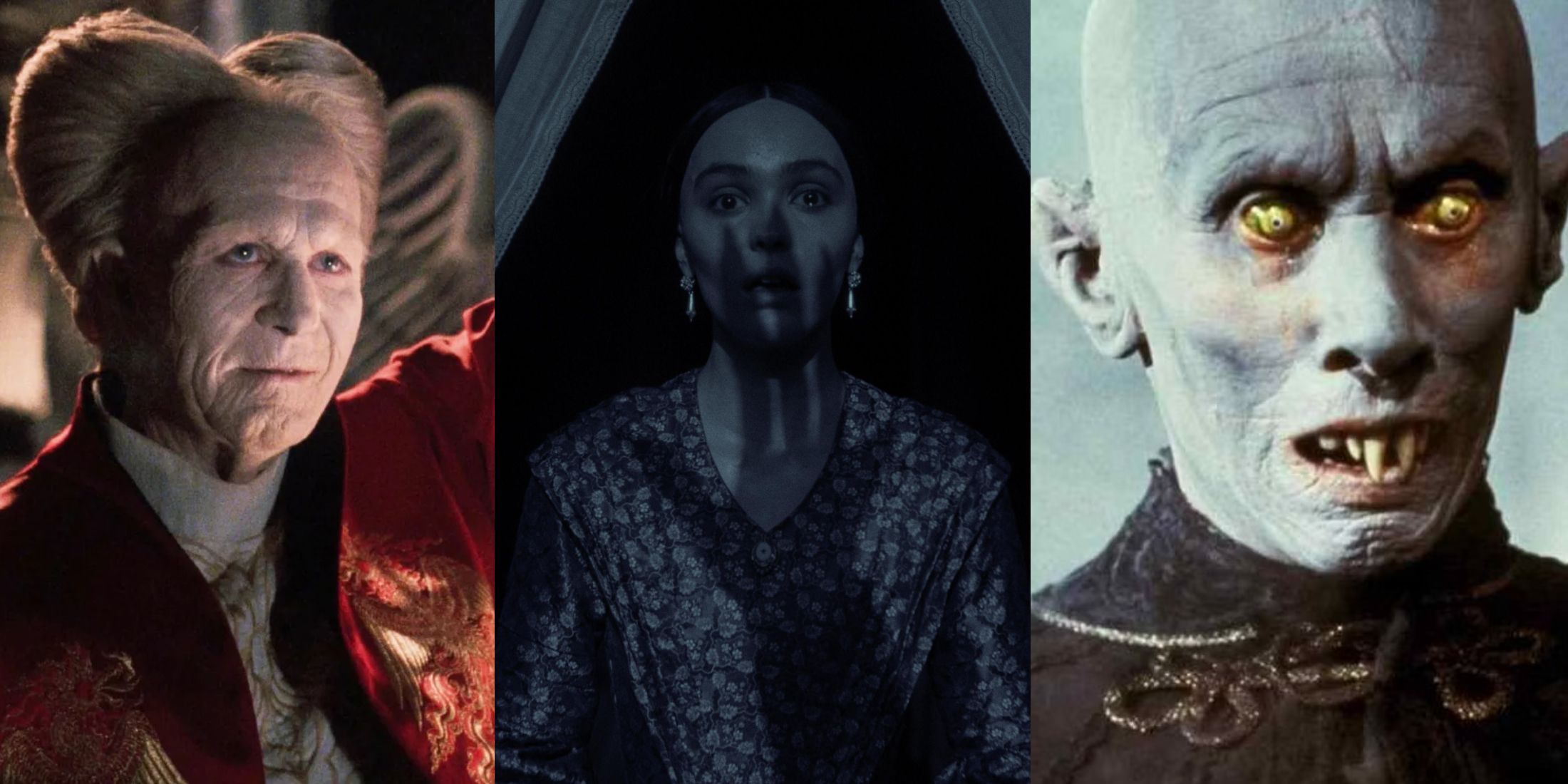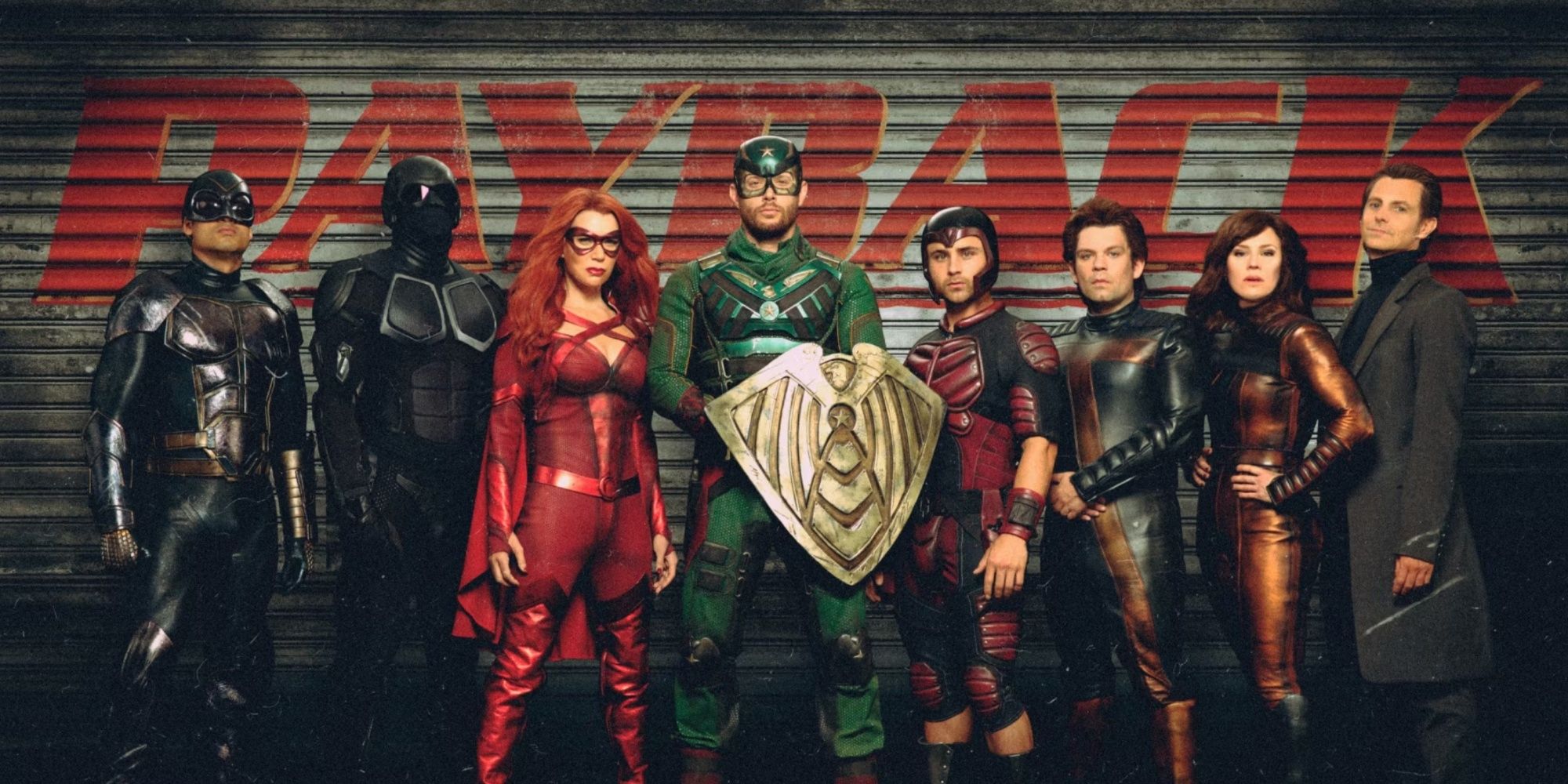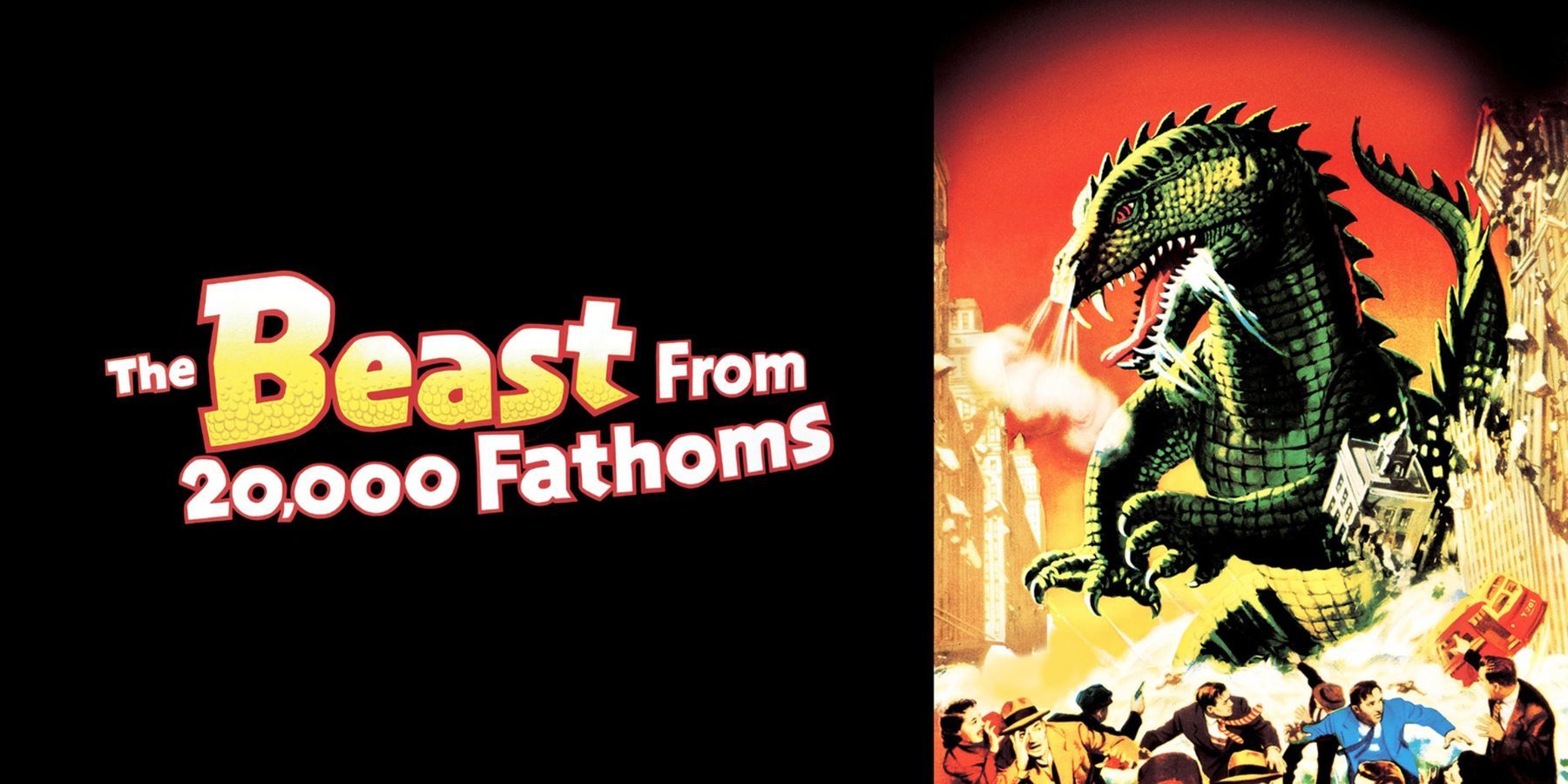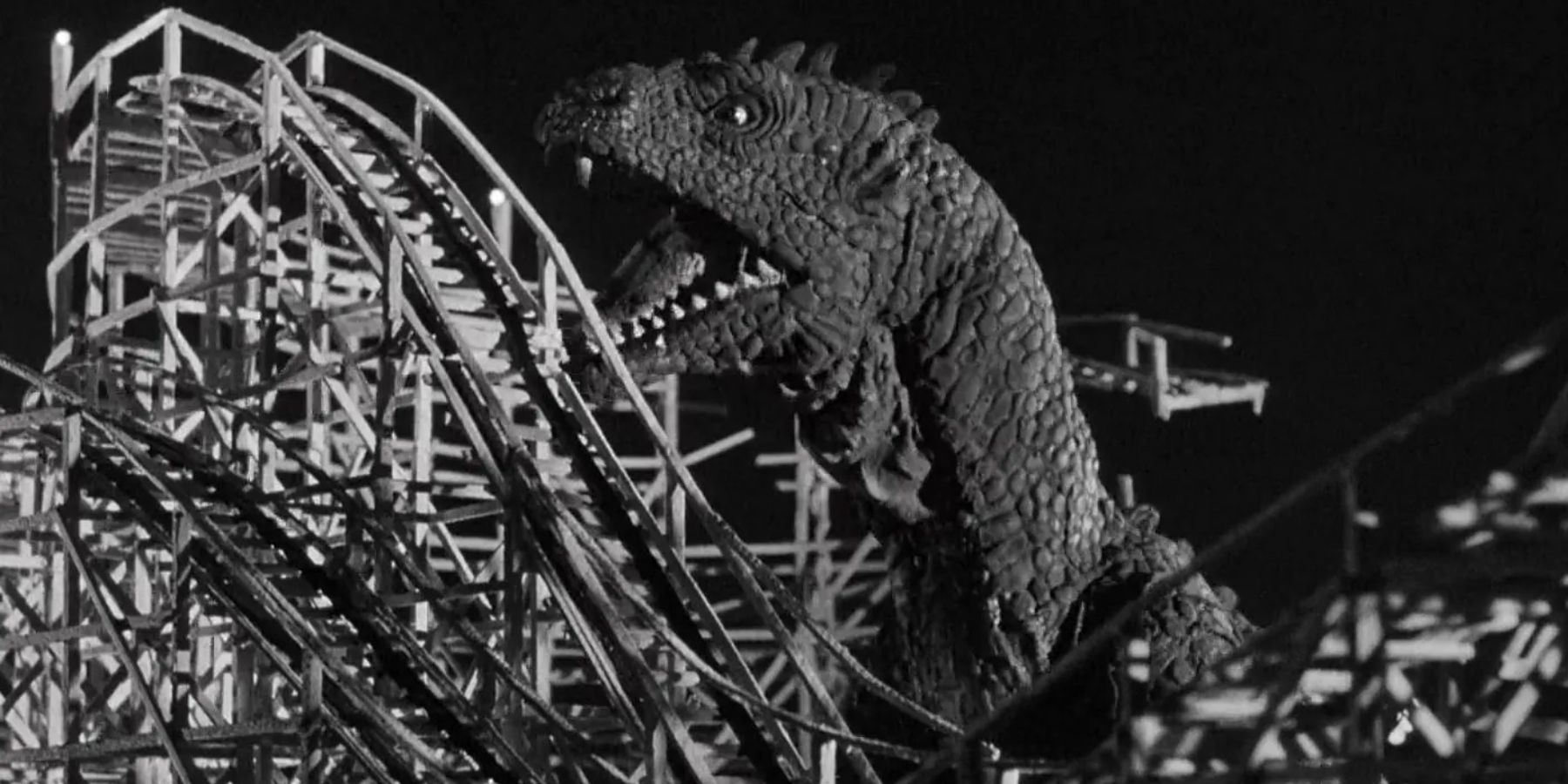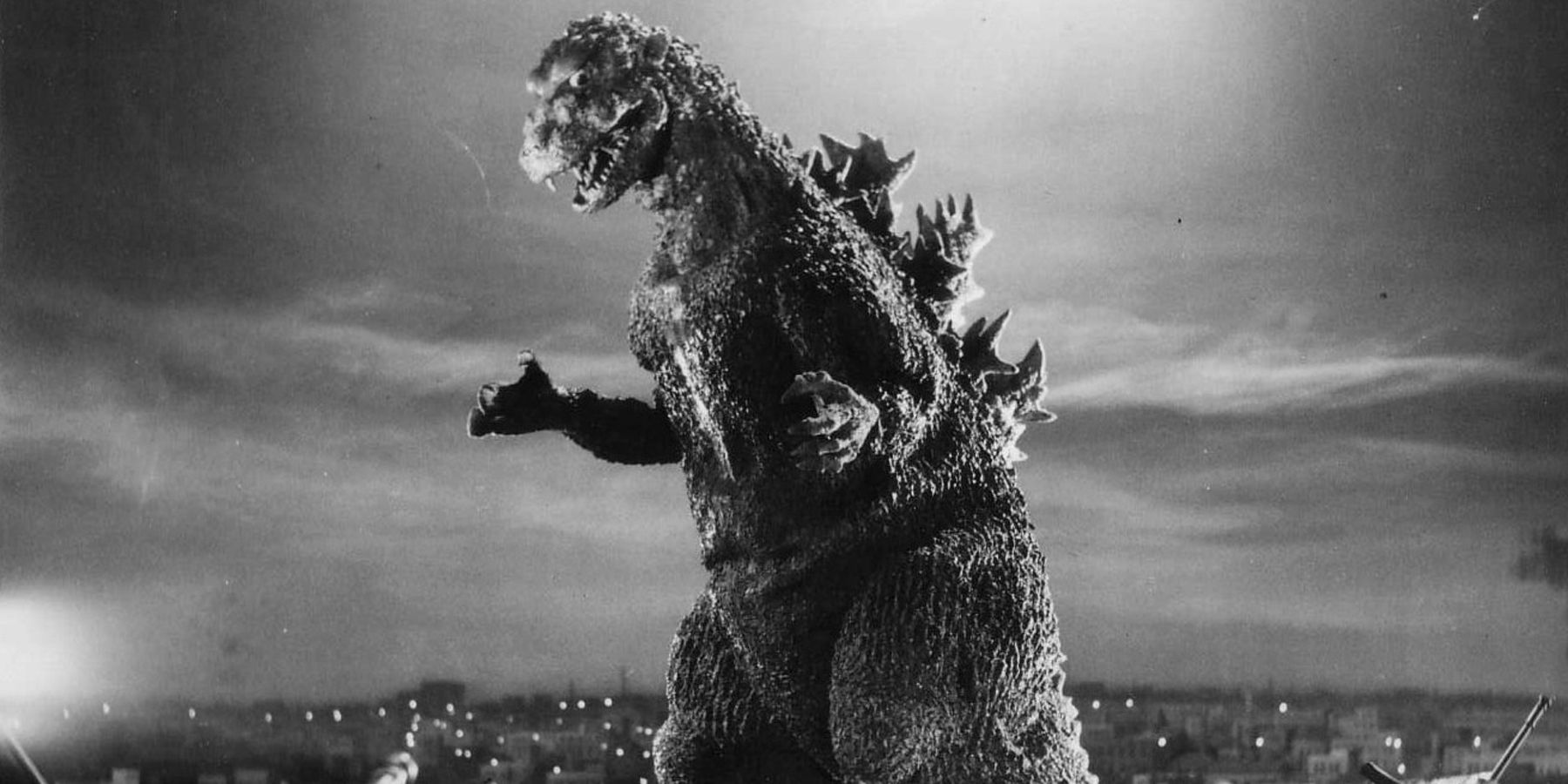Many people think of Godzilla when they think of films that introduced them to the genre of "creature feature films." While Godzilla gifted audiences with one of the first tastes of the monster in feature films, another beast in the science-fiction horror genre would come before it and redefined how the world of cinema would look at the dinosaur in films: The Beast From 20,000 Fathoms. Not only would it pave the way for countless other monster creations in the film industry, but it would also demonstrate a genuine interest in dinosaurs in the science-fiction horror subgenre.
Birthed from the legendary author of Dinosaur Tales, Ray Bradbury, The Fog Horn tells the story of a Rhedosaurus that emerges from a protracted period of sleep after a warhead explodes during a test at the arctic circle. When the beast becomes enraged, it begins to feast on everything in its path, wreaking havoc and ruin throughout New York City. Soldiers and scientists devise a plot to put an end to the dinosaurs' reign of terror once and for all, leaving it to perish in the middle of an amusement park before the entire city is devastated.
Like many people that are dazzled by the world of the dinosaurs, so too was Bradbury. In the future, other dinosaur works would be adapted into feature films, including Jurassic Park, which would be born from Bradbury's concept of establishing a space where two time periods would clash into the contemporary world. While Bradbury further made it possible for both visions to coexist with his dinosaur-themed short stories, The Fog Horn introduced an unpleasant thought. What if a beast thought to be long gone finally emerged? Like any other animal, it has to survive. What if that existence was in danger, and in a fit of passion, it attempted to destroy another?
The Beast From 20,000 Fathoms was more than just a frightening creature feature to have an audience sit back and think of these unpleasant thoughts once it was over. It introduced a very emotional and troubling concept not only for a species that no longer roamed the earth but for every other animal in existence who would be cursed to serve the same fate. The Beast From 20,000 Fathoms spoke of a forgotten species that once populated the earth and humanity's often selfish need to overtop what came before it.
This story would pique the interest of special effects designer Ray Harryhausen, who assisted producer Willis O'Brien in realizing the creative visions of Mighty Joe Young. Harryhausen presented the concept to Jack Dietz and Hal Chester, producers for Warner Bros., and dazzled them both with his vision of an animatronic dinosaur, altering the way monsters would be traditionally used for this film. Eugene Lourie would direct the film outside of the monster components to bring the plot to life while Harryhausen's ideas would change the fundamental idea of how animatronics would be employed in science-fiction horror moving forward.
As a result of the film's growing success, similar tactics for other motion pictures would be used in later years from It Came from Beneath the Sea to more contemporary treasures like 1981's Clash of The Titans. All these films acknowledge Harryhausen's contribution to the science-fiction horror genre, but none would shine as brightly or cause more of a stir than 1954's Godzilla. Inspired by an earlier passion project that producer Tomoyuki Tanaka would not realize, what spanned from In The Shadow of Honor birthed an even better idea. Harryhausen's vision and his intimate fears of the nuclear experience in Japan would manifest another unique kind of dinosaur horror: Godzilla.
Tanaka would take his efforts from In The Shadow of Honor and apply them to this new project. Injected with the inspiration of huge monster motion pictures such as King Kong and The Beast of 20,000 Fathoms, Tanaka understood the poignant and profound message of a monster born from rage and chaos. That something with more power than a person could wipe out the face of humanity itself. Tanaka's mind would take Harryhausen's designs to another level. A giant lizard would not just be born out of nature itself, but from the nuclear horrors humanity sheathed onto the world. This colossal terror would not only be a symbol of the pain experienced by his nation, but the very idea that man ultimately has to pay for the crimes it bestows on mother nature.
In addition to introducing dinosaurs to cinema, The Beast From 20,000 Fathoms and Godzilla also presented the idea that massive beasts such as this could serve as an extended metaphor for devastation itself. The fascination of the prehistoric era's long past would be painted in a new and terrifying light. Dinosaurs were no longer a pipe dream or an enthusiastic experience we read about in books, they would become real horrors of the world, personified.
While the horrors of the world can be manifested in war and violence, there remains the thought that something much larger and more terrifying once roamed the earth. Like the dinosaurs, each is scripted to their own fate. Studies today even prove that we will be the product of our demise. Does that imply that, like the dinosaurs, humankind is the next extended metaphor for monsters in science fiction horror? In such a case, how will future generations tell our story?

